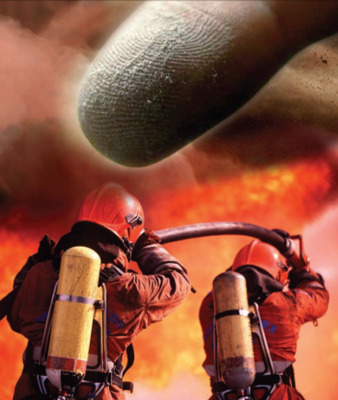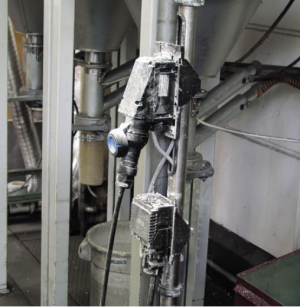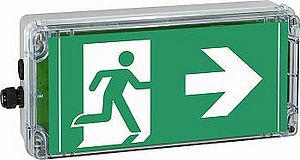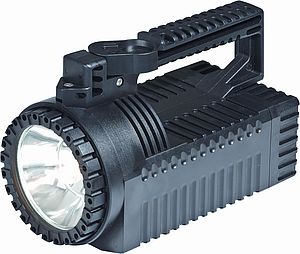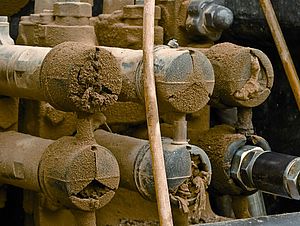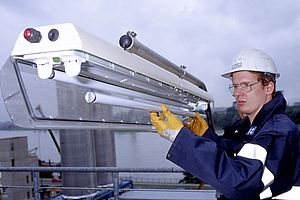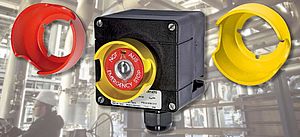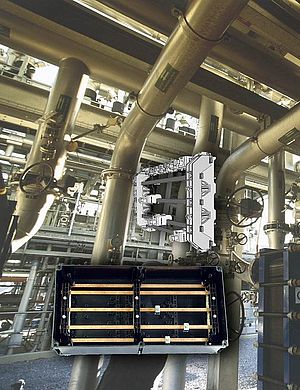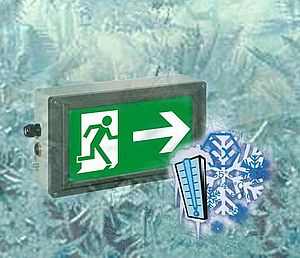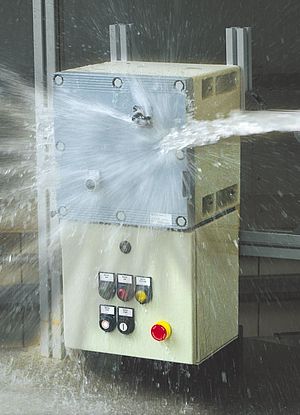The standards that apply to electrical production equipment used in hazardous dust areas are changing rapidly. For those equipment owners and manufacturers that do not keep a breast of these changes, there can be serious consequences, warns Gordon Low of Cooper Crouse-Hinds.
“The standards governing electrical equipment for use in hazardous dust areas are changing so rapidly that buyers and users of electrical production equipment are finding it difficult to keep up,” says Gordon Low, OEM sales engineer at Cooper Crouse-Hinds (UK) Ltd. “However, if they do not keep a breast of the changes,they run the risk of a dust explosion occurring in their plant due to inadequately protected equipment. The risk of non-compliance or negligence is simply too high.”
The risk of a dust or powder explosion occurring in a manufacturing plant should not be underestimated. Around 2,000 dust explosions occur in Europe every year, affecting all types of companies, including manufacturers of sugar, coal, cocoa, flour-based goods, milk powder, tea, grain, fodder and tobacco, as well as wood and metal processing companies. Any environment in which dust or powder is allowed to gather on hot surfaces or that could be ignited by a spark from electrical equipment is a potential risk.
The cost, in terms of lives lost and damage to plant, as a result of a dust explosion can be enormous. In February 2008, a catastrophic dust explosion occurred at the Imperial Sugar Refinery in Port Wentworth, USA. The dust explosion killed 13 people and injured many more.
Owners of new electrical equipment are governed by the compulsory European directive 1999/92/EC. From 2006, this directive also includes ‘old’ as well as ‘new’ equipment. Owners of electrical equipment are required to identify the risks of explosion; implement explosion protection measures such as avoiding sources of ignition (secondary explosion protection); define zones in areas at risk from dust explosions; create an explosion protection document; use suitable production equipment;and to create a test plan.
For electrical equipment in areas at risk from dust explosions, a new series of stricter standards,EN61241, have been introduced, which came into effect from the 1st October 2008. The standards supersede the existing standardEN 50 281. Within EN61241, one of the main protection types for electrical equipment atrisk from dust explosions in accordance with ATEX Directive 94/9/EC, is the protection by enclosures type “tD”. This protection type is where the electrical equipment is protected by an enclosure to prevent dust penetration and where measures have been taken to limit the surface temperature.
The main changes to this standard are concerned with impact energy – high demand on impact energy as in Zone 1; electrostatics– electrostatic conductance of the enclosure;and ageing resistance – high demand on the ageing resistance of the plastic enclosure. “It is imperative that production equipment owners are aware of these changes in standards when sourcing or upgrading electrical production equipment for hazardous dust areas,” says Low.
The goal of the current European Directives is to protect manufacturing plants from dust explosions and to prevent damage or personal injury. As Low points out: “A recent reportfrom the HSE [Health & Safety Executive] stated that on average there are 70 to 100 incidents each year in the UK that involve explosive atmospheres. In one particular year, the HSE investigated five fatal accidents involving explosive atmospheres and 16 major accidents. It’s not something companies can afford to ignore.”
In addition, there are further pressures to comply, as Low warns: “On the 6th April2008, the Corporate Manslaughter and Corporate Homicide Act was introduced in theUK. This means that companies found guilty of negligence or non-compliance could face severe fines and/or imprisonment. This means that companies’ internal control of health and safety is a business risk that senior managers can no longer regard as a minor matter. Directors must act immediately in order to raise the status of health and safety so that it assumes the same level of boardroom importance as other business risks,” advises Low.
Companies looking to reduce costs at the expense of health and safety should think again,says Low. According to the HSE, total compliance costs to UK industry are estimated at £350 million (€413 million) over the ten years from 2002-03, almost all of which is attributableto action that should be taken inany case under existing regulation. Against this cost, the total losses associated with incidents involving dangerous substances are valued at just over £800 million (€944 million)over ten years.
For owner operators that need technical advice and guidance on explosion-protected electrical installations and the relevant EU Directives and standards, Cooper Crouse-Hinds provides a comprehensive range of explosion protected electrical equipment, including fluorescent light fittings, emergency lighting,switches, terminal boxes, control stations,portable lamps, connectors and plugs.
In Hazardous Dust Areas...
One Spark Might Be Enough
- by Cooper Crouse-Hinds GmbH
- September 12, 2009
- 827 views


